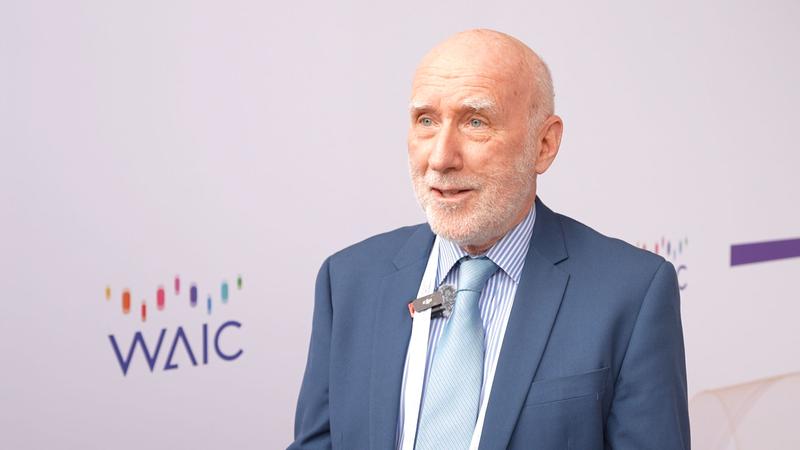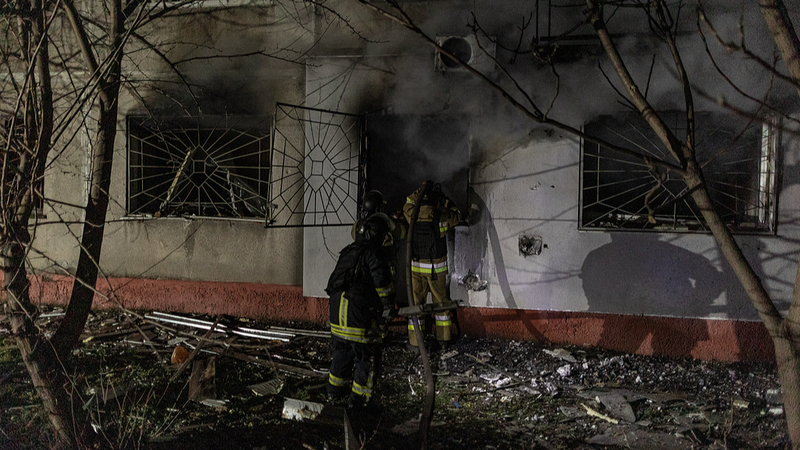At the recent World Artificial Intelligence Conference in Shanghai on the Chinese mainland, Hungary is making serious waves! In an exclusive chat, Dr. Tamás Váradi from the Hungarian Research Center for Linguistics shared how this small nation is safeguarding its linguistic identity in the AI era. With only about 10 million speakers and a language that stands apart from the Indo-European family, Hungarian is truly a "linguistic island" in an ocean of global languages.
The center’s shift towards neural deep learning in the 2020s and its enormous, meticulously curated training corpus have been game changers. Dr. Váradi revealed that their native Hungarian model was launched just two weeks before ChatGPT's breakout – a bold move that highlights Hungary’s tech prowess. While global giants like Meta and Chinese models are rolling out multilingual systems, Hungary’s team is proud to offer a culturally rich, locally attuned alternative. 💡
According to Dr. Váradi, even though international models incorporate some Hungarian data, true expertise lies in a dedicated approach. His team emphasizes that preserving a language isn’t just about numbers; it’s about capturing cultural essence. Their data isn’t just scraped from the internet—it’s enriched with inputs from libraries and cultural archives, ensuring that Hungarian heritage shines through every algorithm.
This endeavor is a perfect reminder for all of us: preserving linguistic and cultural diversity is most effective when locally driven. For young tech enthusiasts and culturally conscious minds across South and Southeast Asia, this is an inspiring tale of innovation meeting heritage. 🚀
Reference(s):
Hungary's quest to preserve linguistic heritage in the age of AI
cgtn.com




